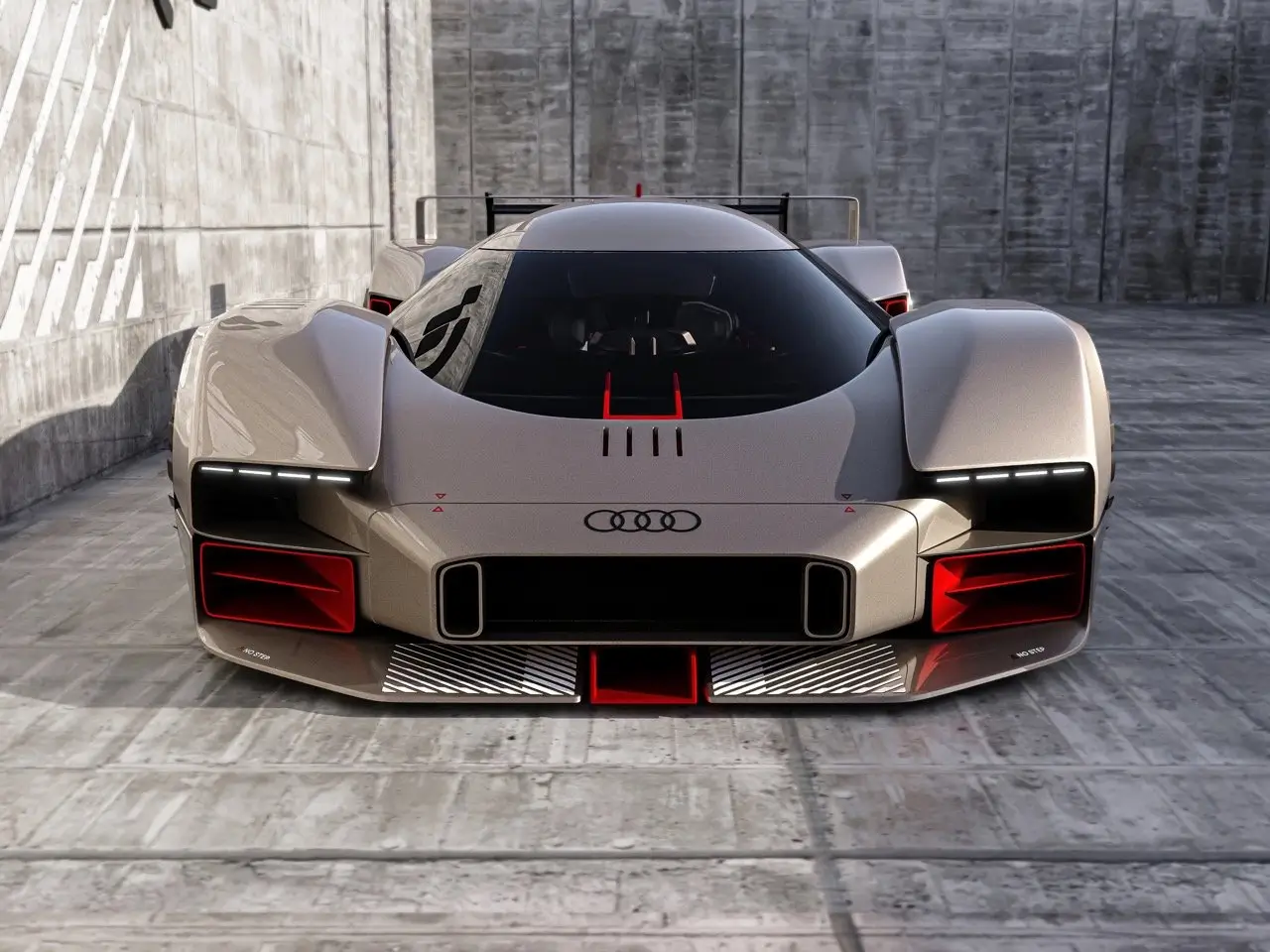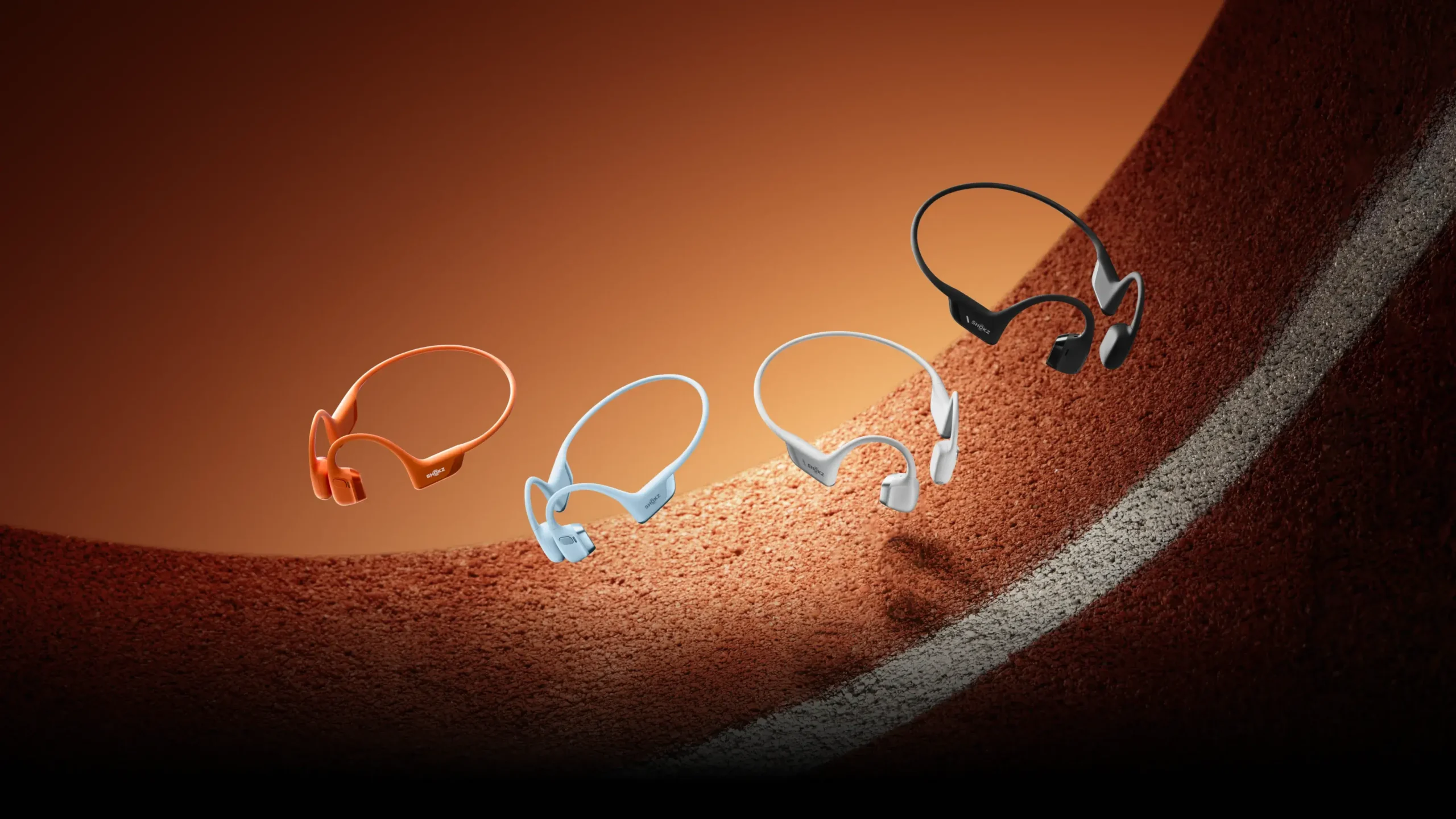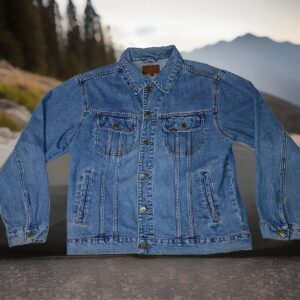Have you ever lingered on a bench long after the sun dipped beneath the horizon, spellbound by the celestial theatre above? The moon haloed in mist. Orion ascending. Venus pulsing just above the tree line. You might’ve whispered to yourself: If only I could sleep right here. Such a wish is simple, almost childlike—and in today’s world, often dismissed as impractical. But Joe Bissonnette, the founder of Sky View Tents, didn’t dismiss it. He built a company around it.
What began as a nocturnal daydream is now a tangible, breathable, transparent reality. Sky View Tents aren’t just another product in a saturated camping market. They are philosophical artifacts—portable invitations to recalibrate our relationship with night, nature, and time. Engineered in Buena Vista, Colorado, and already winning favor with astrophotographers, solo campers, and sky-watchers, these tents merge form and function in service of an emotional idea: that shelter doesn’t have to mean separation from the sublime.
The Founder’s Nightwatch
Joe Bissonnette’s story doesn’t begin in a boardroom. It begins in public parks, on quiet trails, and open hills, where he’d routinely find himself stretched across benches, trying to soak in the cosmos before the chill forced retreat. A mechanical engineer by training and a sky romantic by disposition, he often wondered why tents—the most intimate outdoor gear—tended to sever us from the very reason we sought the outdoors in the first place.
“My first tent was like a blackout box,” Bissonnette once told Colorado Trail Journal. “It insulated me, but it didn’t invite me to witness anything.” That disconnect—between security and spectacle, between utility and experience—sparked the earliest prototypes of Sky View Tents. Tents that didn’t shield us from the stars, but instead revealed them.
Mesh as Medium, Not Afterthought
Most camping tents treat mesh as a secondary material—used for airflow, perhaps, or insect control. But Sky View flips that logic on its head. In its world, mesh is sacred, central, and celebratory. The signature transparent panels are constructed from a proprietary crystal-clear mesh, with optical clarity tested against professional photography standards. In layman’s terms: no fuzz, no distortion—just the sky, the whole sky, and nothing but the sky.
This innovation makes Sky View’s shelters feel like glasshouses built for mobility. Inside, you see everything. Constellations crawl through your field of vision. Cloud swells drift past the moon. You’re in a tent, but you’re also in a planetarium curated by nature.
For stargazers who have long compromised between seeing the stars and staying warm or dry, this design presents a revelation. The rainfly, often an opaque barrier in traditional tents, is flipped inward. The result? You gain structural support and weather resistance without sacrificing visibility.
Craftsmanship in the Rockies
Sky View doesn’t outsource its vision. Every tent is hand-built in Buena Vista, a mountain town renowned for its dramatic skies and rugged landscapes. Manufacturing on home soil allows Sky View to control quality, but also to ensure each unit is ethically made, field-tested, and tailored to real-world conditions.
There’s something innately satisfying about this. In an age where gear is often mass-produced in anonymous factories, Sky View tents carry the fingerprints of craftspeople who share the love of the outdoors. It’s the kind of detail that campers notice—not just in build quality, but in the intentionality of design: reinforced seams for alpine winds, extra height for comfort, and meticulous zipping systems to prevent dew ingress during cold stargazing nights.
Each tent is signed internally by its assembler. A small gesture, but one that grounds every shelter in individual accountability and pride.
Stargazing, Democratized
Historically, sleeping beneath the stars meant choosing between comfort and experience. You either rough it under a tarp or cocoon in a canvas pod. Sky View erases that binary. Whether you’re a seasoned astrophotographer, a couple on a weekend getaway, or a solo hiker seeking midnight clarity, there’s a model tailored for you.
The flagship “Nebula One” offers panoramic ceiling exposure with a mid-weight frame and wind-rated stability. It comfortably sleeps two adults and fits inside most national park platforms. The “Celeste Micro”, on the other hand, caters to ultralight backpackers—folding into a 2.5 lb package while still delivering 270-degree upward visibility.
What’s more, the mesh material has low reflectivity, meaning there’s no internal glare when using headlamps or astrophotography equipment. Sky View has even collaborated with camera manufacturers to align internal anchor points with standard tripod heads—essentially turning the tent into a stationary observation deck.
The Weather-Proof Dreamscape
The Sky View tent line might look airy, but don’t mistake transparency for fragility. These are not decorative novelties. They are serious shelters, stress-tested in Colorado’s unpredictable shoulder seasons and proven to hold against gusts exceeding 50mph, light snow, and summer downpours.
This is largely due to the reimagined rainfly system. Instead of draping a cover over the tent’s exterior, Sky View introduces internalized storm shields that activate like collapsible wings, creating weatherproof cocoons from within, leaving the mesh unobstructed. In essence, you stay dry without retreating from the experience.
Paired with marine-grade zippers, condensation channels, and quick-deploy aluminum poles, the result is a tent as resilient as it is romantic.
The Emotional Utility of Transparency
Bissonnette is quick to point out that Sky View’s mission isn’t just about performance metrics. It’s about emotional resonance. “The idea is to feel small, but not insignificant,” he says. “To be reminded, when you fall asleep, that the universe is still moving above you.”
This sentiment has been echoed in reviews and user testimonials. Parents say the tent has helped their children understand the night sky in ways no textbook ever could. Veterans speak of how the unobstructed view has helped them process trauma and insomnia. One reviewer on REI’s co-op site wrote simply: “It made me cry in the best way possible.”
From Wilderness to Wellness
Sky View’s tents have quietly entered new markets beyond the hiking world. Therapists now use them in nature-based trauma recovery programs. Yoga retreats employ them in remote meditation camps. Astrological retreats set them up for overnight celestial ceremonies.
The mesh has, unintentionally, become a symbol of transparency as healing. When you remove the ceiling, you remove a certain kind of existential pressure. There’s no agenda. Just sky.
A Future Beyond Fabric
Looking ahead, Sky View is expanding into modular tent pods—structures that can be joined like dominos to form stargazing “villages.” Think group glamping under the Milky Way or remote observatory hubs that run on solar.
They’re also developing a daytime version, where mesh shades filter UV rays while preserving clarity. And in early 2026, Sky View is slated to partner with DarkSky International to build prototype shelters in designated light pollution-free zones—a major win for conservation efforts and astronomical preservation.
Impression
Sky View Tents don’t pretend to reinvent shelter. They simply return it to its essence: a safe space that doesn’t disconnect you from the reason you ventured outside in the first place. In doing so, they remind us that the best kind of luxury is not granite countertops or hot tubs in the woods—it’s a moment of uninterrupted awe under a sweep of stars.
In an era of constant noise, Sky View offers an antidote. Not by shutting out the world, but by opening us to it more fully. Not by turning down the volume, but by turning up the quiet.
Sleep in a Sky View, and you don’t just dream. You dwell inside one.
No comments yet.








